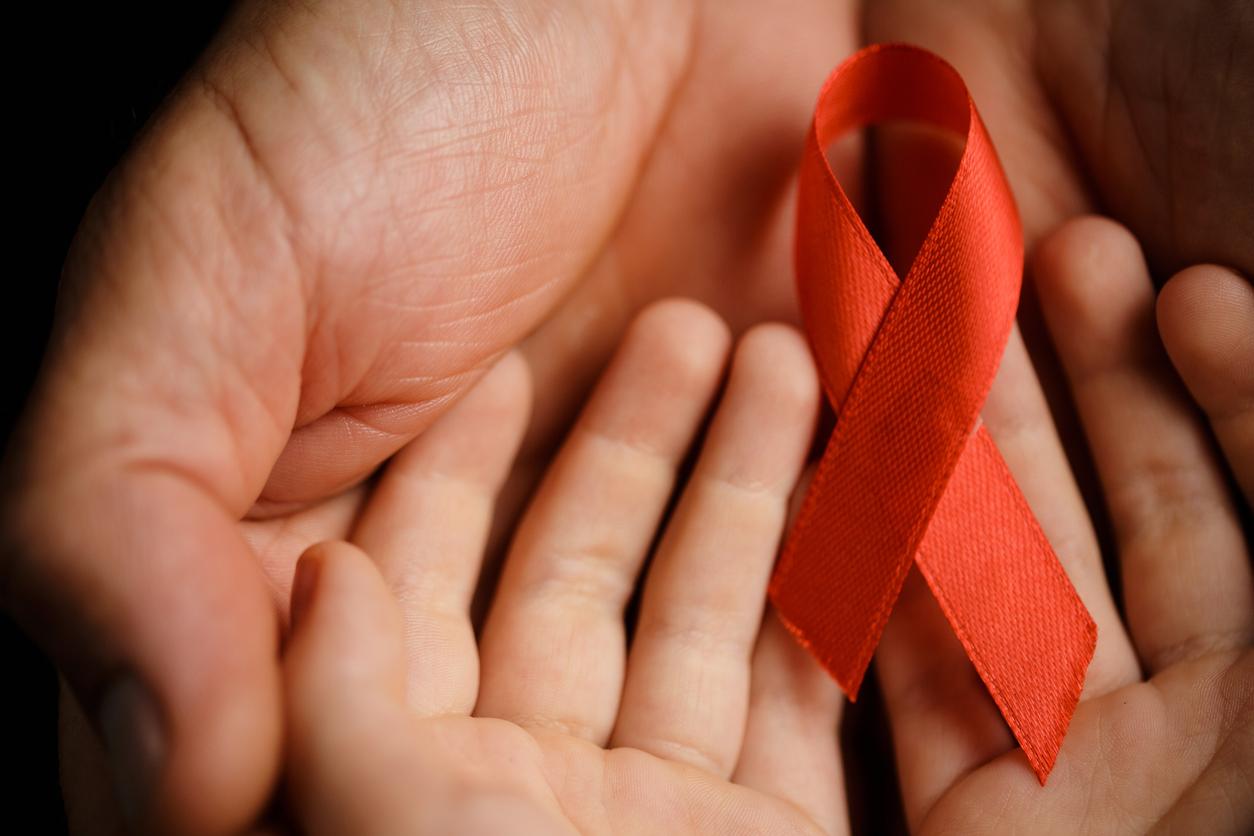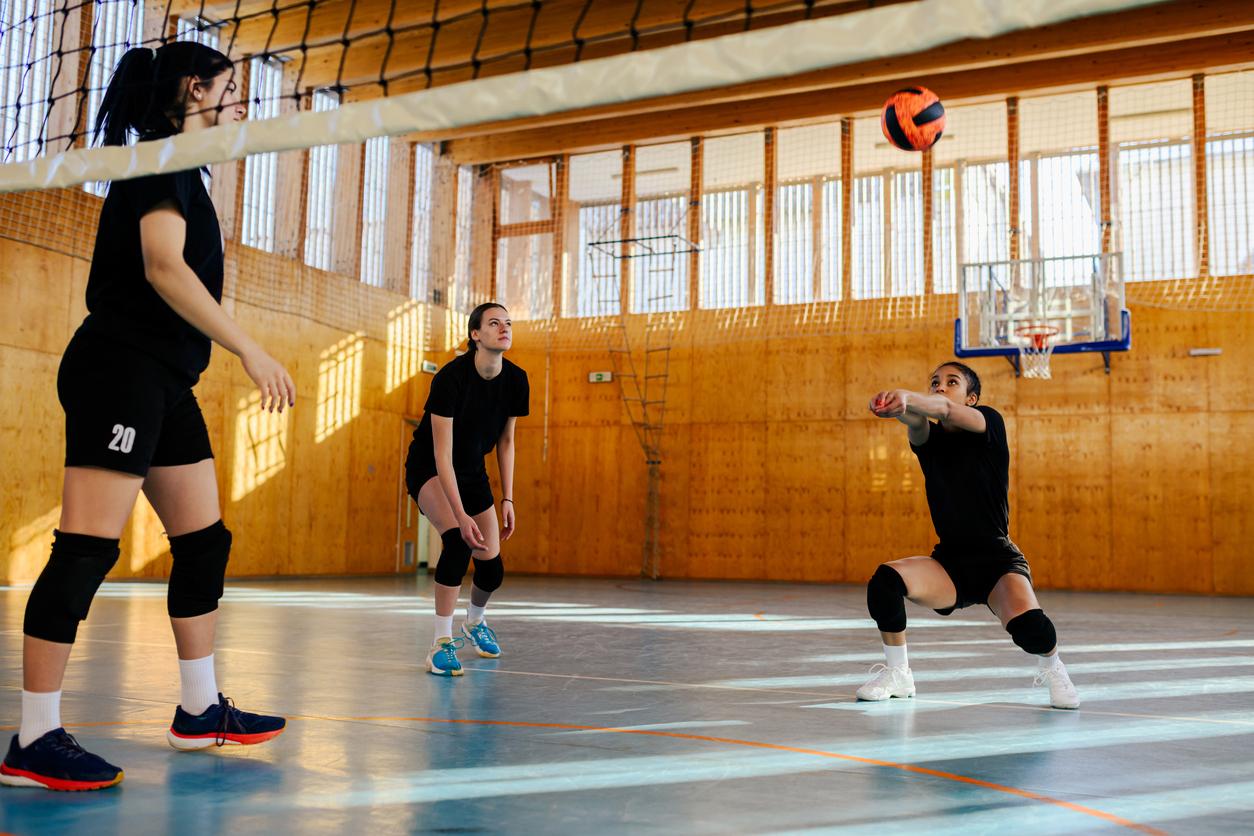Regenerative medicine continues to advance. It’s a world first in a child: two-and-a-half-year-old South Korean girl, Hannah Warren, had a transplant of windpipe composed of stem cells.
Hannah, born in August 2010 in South Korea to a Canadian father and a South Korean mother, was born without a trachea. For two years, she had lived in a Seoul hospital without being able to eat, breathe, speak, drink or swallow. From birth, the doctors had warned the parents that the little one would not survive long in these conditions.
On April 9, after months of administrative, financial and medical preparation, Hannah underwent a nine-hour operation at the Children’s Hospital in Peoria, in the northern United States.
Doctors succeeded in making a replacement organ thanks to stem cells taken from little Hannah’s bone marrow and cultured in the laboratory in a special plastic tube, using nonabsorbable nanofibers. The cells multiplied to form a new 7.62 cm trachea in less than a week. Since the organ in question does not come from a donor, this procedure practically eliminates any risk of rejection of the transplant by the immune system, the hospital explains in its press release.
A technique that gives hope
The success of this technique was revealed on Tuesday April 30 at a press conference. The girl, less than a month after the operation, is recovering from an infection but appears to be in good health. According to doctors and parents, the first signs are promising.
“The most amazing thing about this miracle (…) is that this transplant not only saved his life but will eventually allow him to eat, drink, swallow and even speak like any other normal child,” said in a statement from the hospital Dr. Paolo Macchiarini, professor of regenerative surgery at the Karolinska Institutet in Stockholm, Sweden, and head of the team of surgeons for this operation. “She will no longer be a virtual prisoner of her hospital bed but will be able to run and play with her sister and enjoy a normal life,” he added.
Hannah will still have to receive a new windpipe in five years, when she grows up. Nevertheless, scientists hope they can use the same technique to create organs like the liver or kidneys.
















